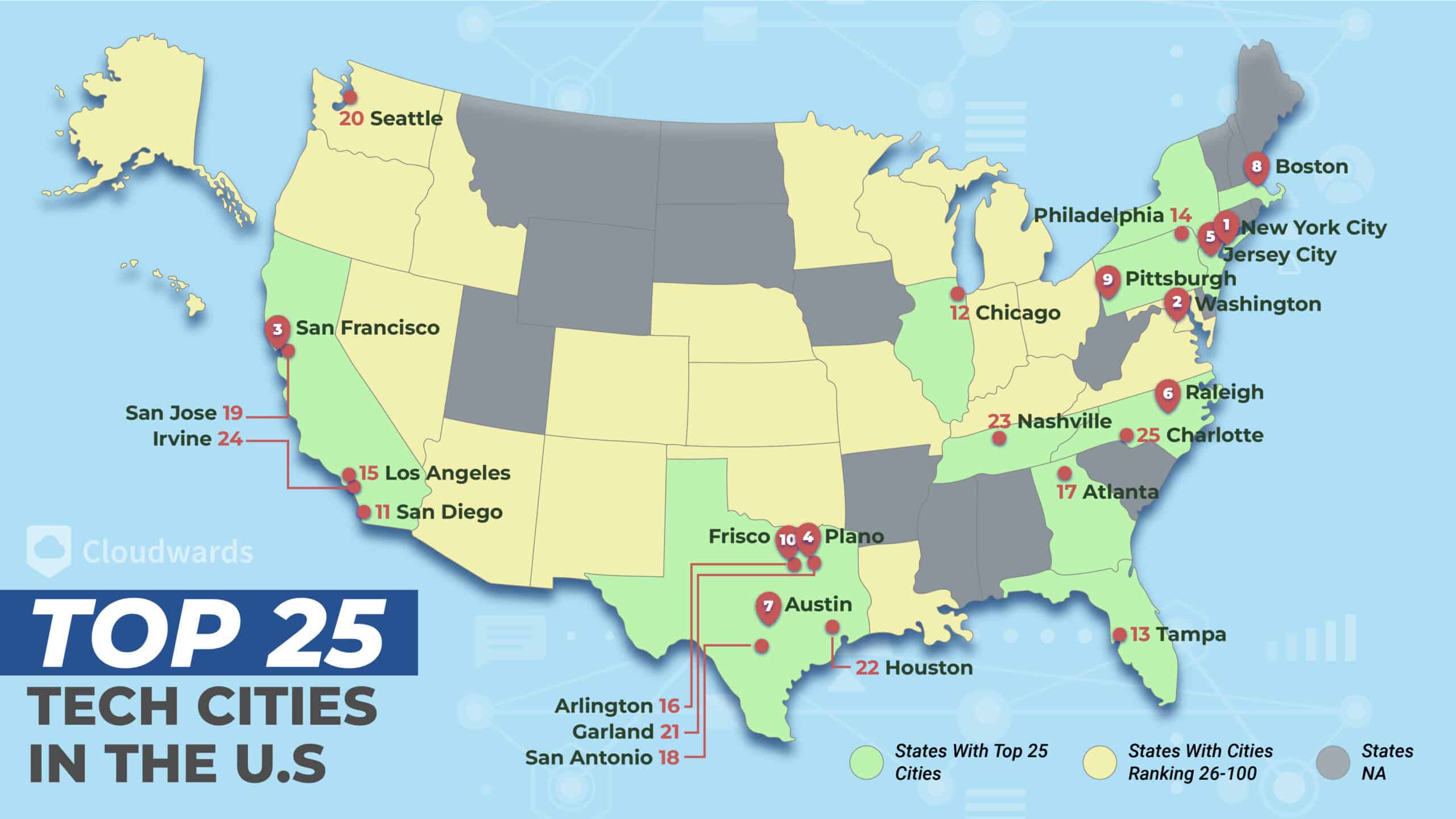New Austin tower eclipses Houston landmark as Texas' tallest building
Tallest in Texas
Texas officially has a new tallest tower. The title moves from Houston, for the JPMorgan Chase Tower, to Austin, for Waterline at 98 Red River St. The new tower will contain mixed-use spaces including apartments, offices, a hotel, restaurants, and retail. It is scheduled to open in full in 2026.
Waterline held a "topping out" ceremony in August, when the final beam was added to the top of the tower. It now reaches 74 stories and 1,025 feet — just 23 feet taller than the JPMorgan Chase Tower.
 Waterline is now the tallest building in Texas.Graphic courtesy of Lincoln Property Company
Waterline is now the tallest building in Texas.Graphic courtesy of Lincoln Property CompanyAccording to a press release, hundreds of construction workers and team project members attended the Waterline ceremony, and more than 4,750 people have worked on it since the project broke ground in 2022. An estimated 875 people were working onsite every day at the busiest time for construction.
The Waterline site is on a 3.3-acre campus with lots of views of Waller Creek and Lady Bird Lake. The building contains space for 352 luxury apartments, 700,000 square feet of offices, a hotel called 1 Hotel Austin with 251 rooms, and 24,000 square feet of retail stores and restaurants.
The only space that is open to new tenants already is the office space, with residential soon to follow. The hotel and residential units are expected to open in fall 2026.
 A view from above, shot by drone.Photo courtesy of Lincoln Property Company and Kairoi Residential
A view from above, shot by drone.Photo courtesy of Lincoln Property Company and Kairoi Residential“Seamlessly integrated with Waller Creek, Waterloo Greenway and the hike-and-bike trail around Lady Bird Lake, Waterline will quickly become a top downtown destination and activity center," said Lincoln executive vice president Seth Johnston in a press release. Project improvements will also make it far easier for people to access all of the public amenities in this area from Rainey Street, the new Austin Convention Center, and the rest of the Central Business District."
---
This article originally appeared on CultureMap.com.

